Managing a multi-cat household can be both a delightful and challenging experience. While cats are often known for their independent personalities, they also require attention, routine, and a harmonious environment to thrive together. If you’re a cat lover with more than one feline friend, it’s essential to create a peaceful home environment that meets their physical and emotional needs. This article will guide you through practical strategies and tips to manage a multi-cat household without stress, ensuring that both you and your feline companions enjoy a harmonious co-existence.
Understanding the Social Dynamics of Cats
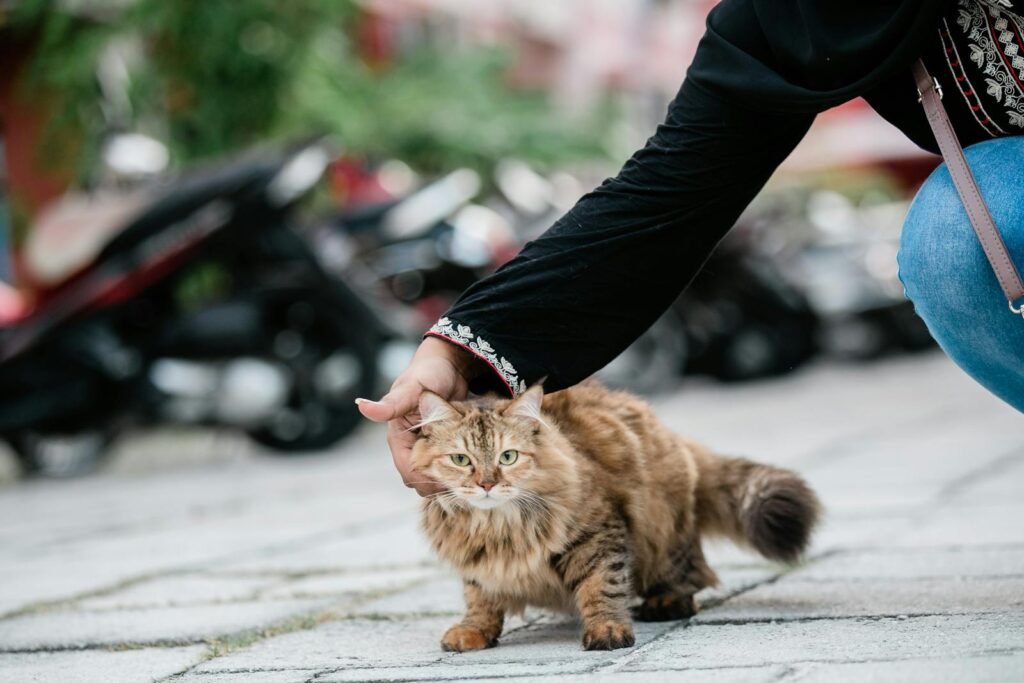
Before diving into the practical aspects of managing a multi-cat household, it’s crucial to understand the social dynamics of cats. Unlike dogs, cats are largely solitary hunters by nature. However, when introduced correctly and given time, they can live together peacefully, forming complex social structures. Recognizing these dynamics allows you to facilitate smoother interactions and reduce stress among your cats.
Creating Personal Spaces for Each Cat
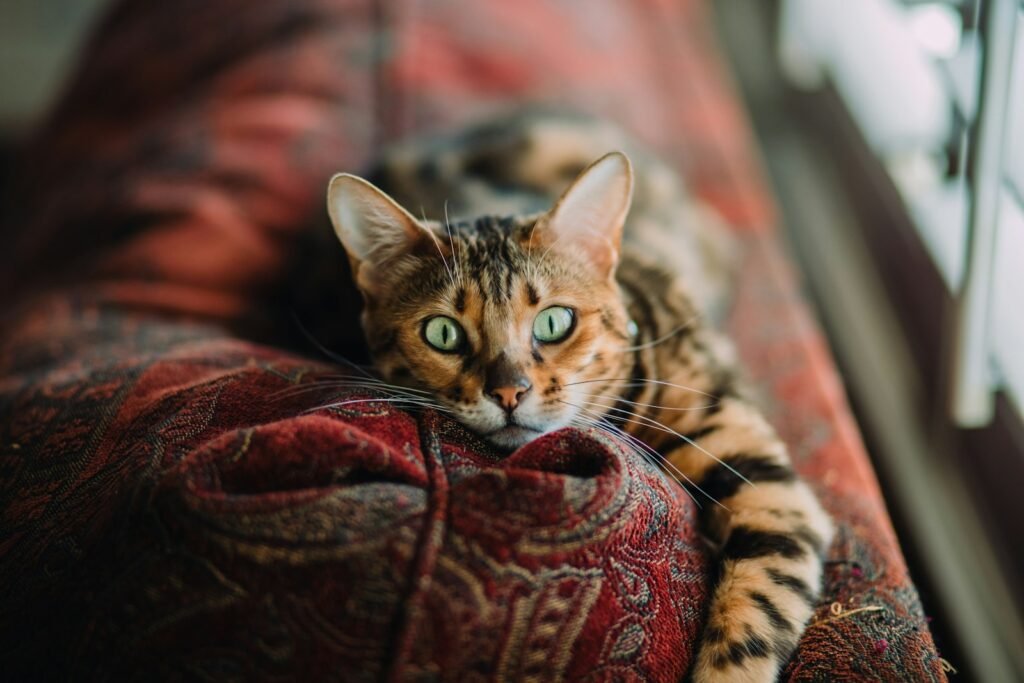
Every cat needs a space they can call their own — somewhere they feel safe and secure. Providing individual spaces for each cat, equipped with a cozy bed, a scratching post, and some toys, helps reduce territorial disputes. They should have access to quiet spots where they can retreat and relax without being disturbed by other household members.
Implementing a Balanced Feeding Regimen
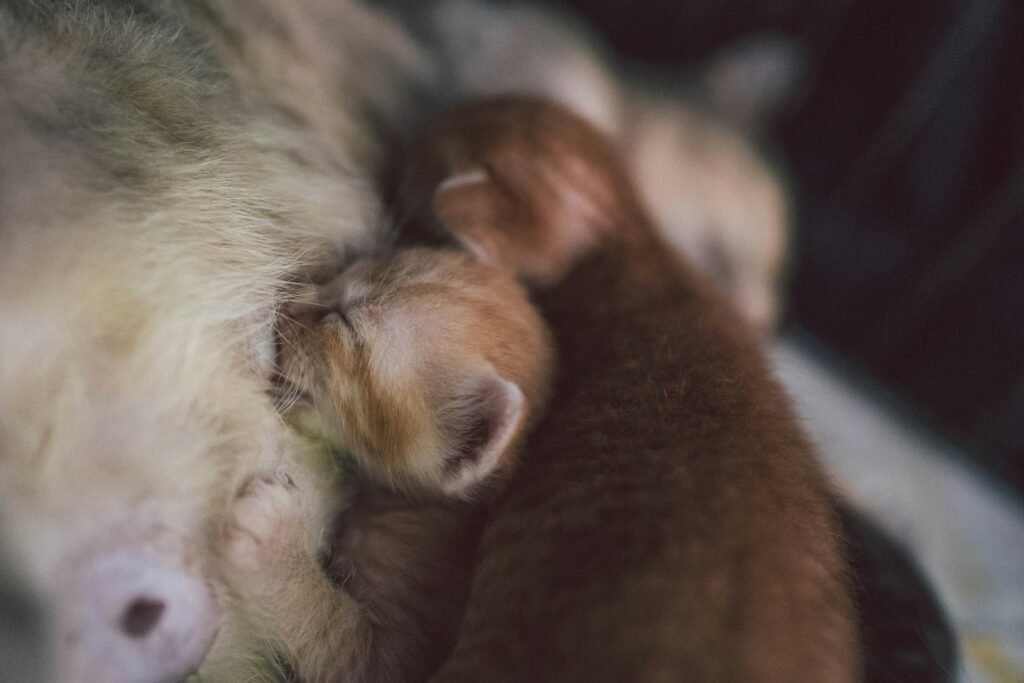
Feeding can be a contentious time in a multi-cat home. To avoid rivalry and stress, establish a balanced feeding routine. Consider feeding your cats at the same time but in separate locations, ensuring each cat gets the right amount of food without interference from the others. Using automated feeders or puzzle feeders can also help manage mealtime effectively.
Encouraging Positive Interactions
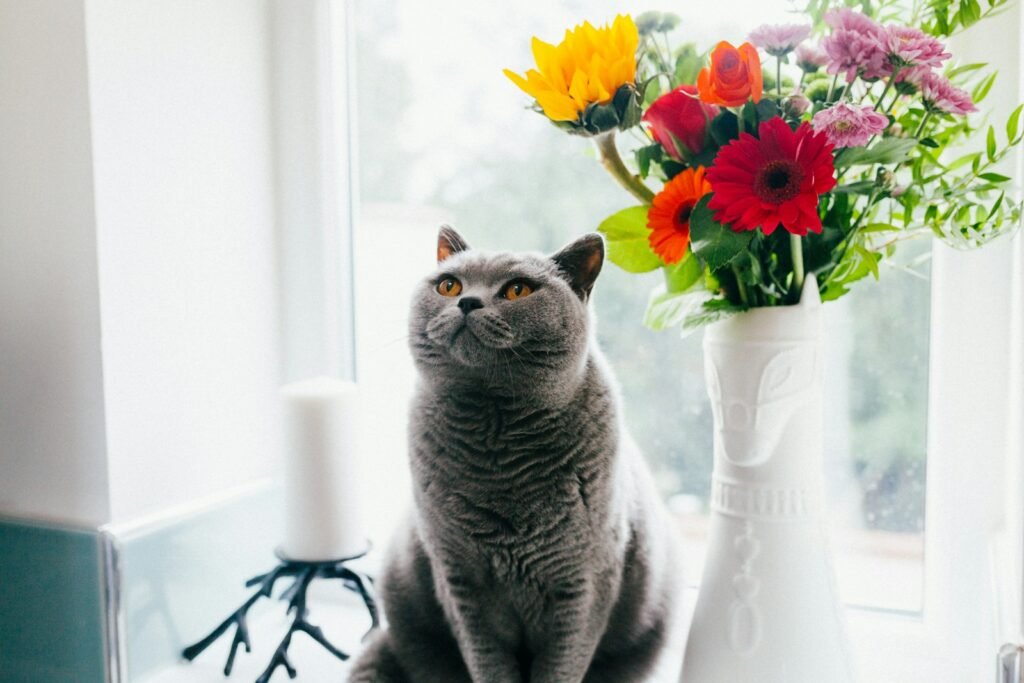
Encouraging your cats to interact positively through play is crucial for social harmony. Use interactive toys such as feather wands and laser pointers to engage multiple cats at once, teaching them to associate each other’s presence with fun and excitement. Supervised play sessions can help strengthen bonds and release excess energy.
Maintaining Litter Box Harmony
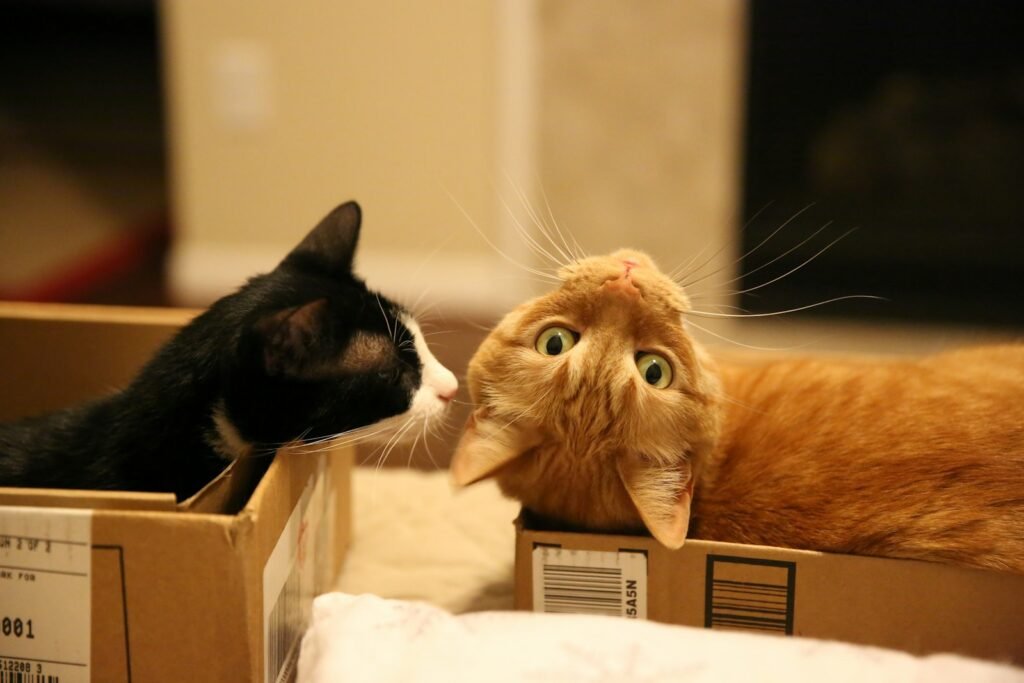
Litter box issues are a common source of stress in multi-cat households. To avoid disputes, ensure you have enough litter boxes — one for each cat plus one extra, if possible. Place them in various locations throughout the house for easy access and privacy. Regular cleaning is essential to prevent any one cat from developing a preference for inappropriate elimination areas.
Monitoring Health and Behavior
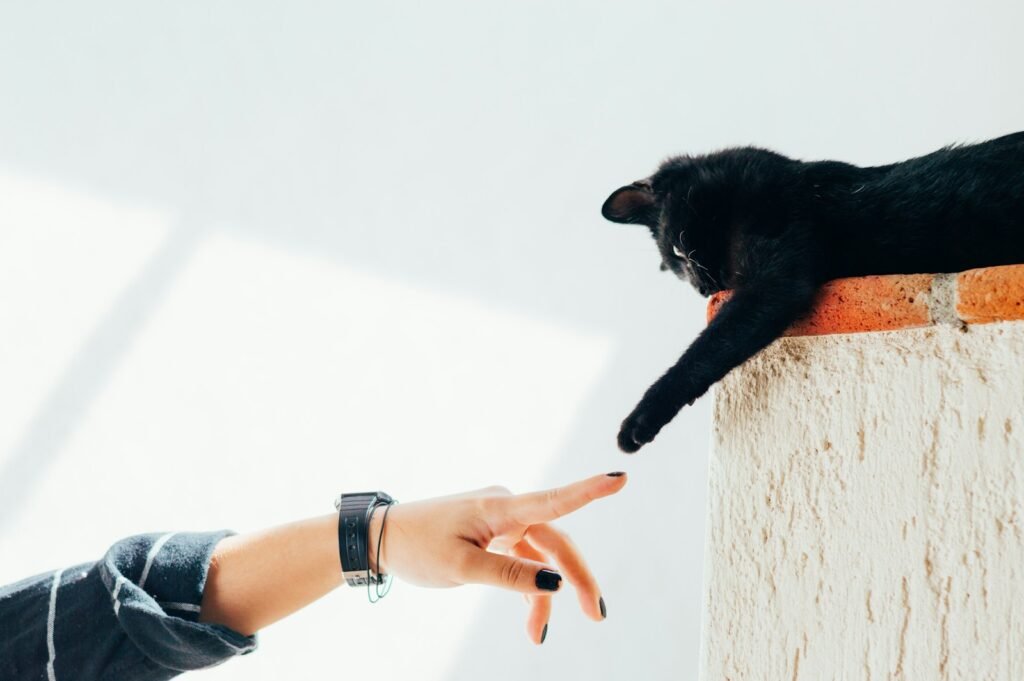
In any multi-cat household, keeping a keen eye on the health and behavior of each cat is essential. Regular veterinary check-ups are crucial, as is being attentive to any changes in behavior that might indicate stress or health issues. Addressing problems early on can prevent them from escalating and affecting the group.
Managing Conflicts
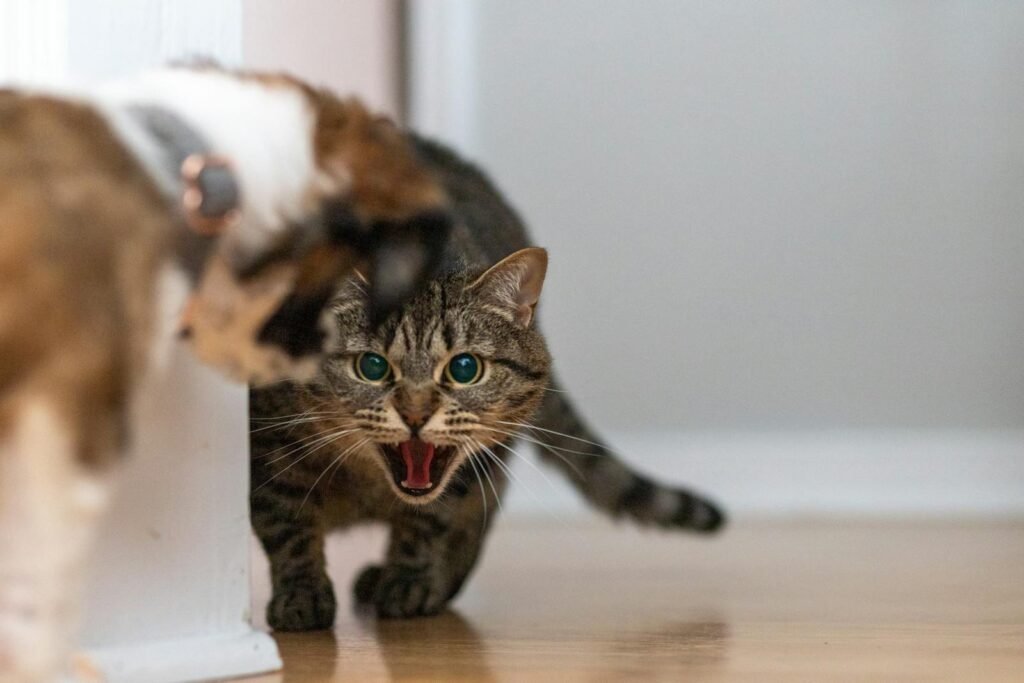
Conflicts can occasionally arise in a multi-cat household. Managing these disputes involves identifying the cause, such as a lack of resources or territorial issues, and addressing them directly. Temporary separations and gradual reintroductions are effective methods to reinstate harmony when arguments occur.
Utilizing Calming Aids
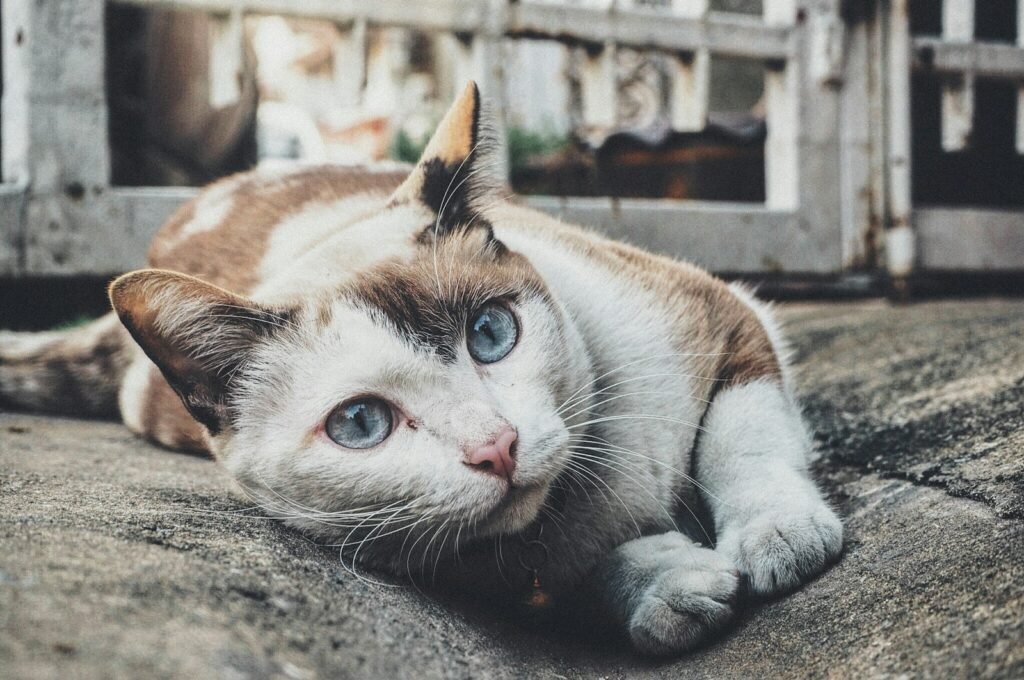
Calming aids such as pheromone diffusers can help reduce tension and stress among your cats. These aids mimic the naturally reassuring facial pheromones that cats use to mark their territory, creating a more peaceful environment. Always consult a veterinarian for advice on the best products suited for your specific situation.
Creating a Routine

Cats thrive on routine, and a well-established schedule helps reduce anxiety and stress for all involved. Establishing consistent feeding, playtime, and rest schedules helps your cats feel secure and reduces the potential for miscommunication or conflict.
Conclusion
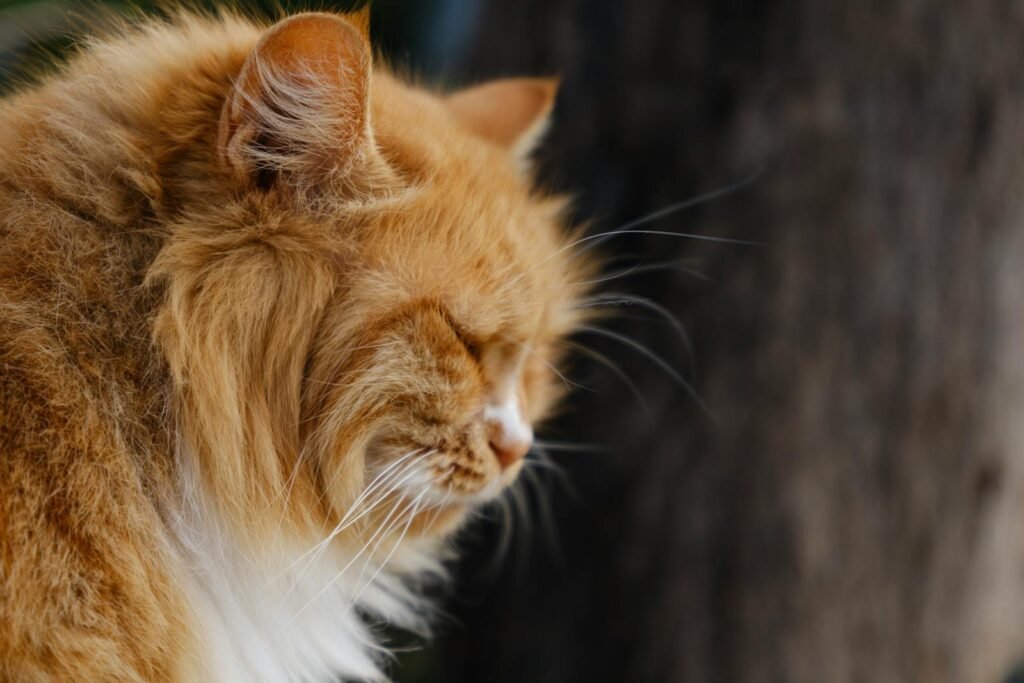
Successfully managing a multi-cat household without stress requires understanding, patience, and a strategic approach. By creating personal spaces, implementing a balanced feeding regimen, encouraging positive interactions, maintaining litter box harmony, and monitoring health, you can foster a peaceful environment for your feline friends. Remember, every cat is unique, and what works for one may not work for another — adaptability is key. With these strategies, you’ll be well on your way to providing a harmonious home where all your cats can thrive.

Growing up traveling and experiencing new cultures and wonders, I have had a passion for nature, adventuring, photography, and videography. I am currently working towards a BSc in Biodiversity and Ecology at Stellenbosch University, and I hope to specialise in Marine Sciences one day.
Please send any feedback to Feedback@animalsaroundtheglobe.com






